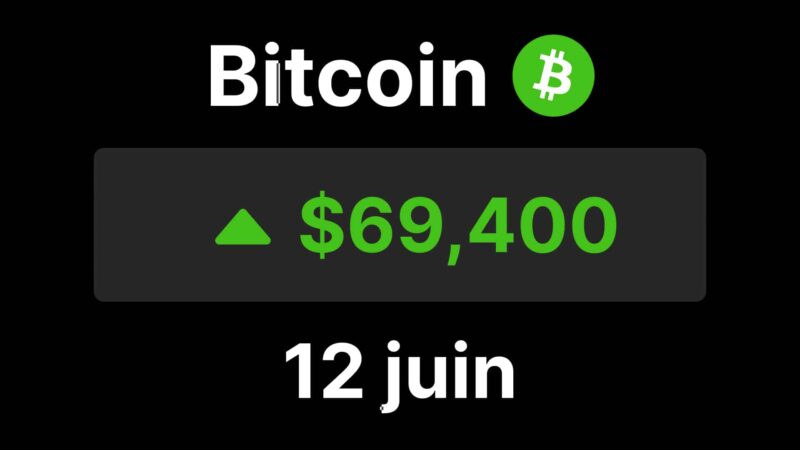Stripe and Paradigm Launch Tempo: A Game-Changing Blockchain for Stablecoin Payments
Backed by major players like Visa, Deutsche Bank, Shopify, and OpenAI, Tempo aims to standardize merchant payments, microtransactions, and international transfers.
Designed to be neutral and EVM-compatible, it integrates a native AMM and envisions decentralized governance, targeting a stablecoin market on track towards a trillion dollars.
A Strategic Offensive in the Stablecoin War
Stripe, the payments giant, and Paradigm, one of the most influential crypto funds, have just unveiled Tempo, a blockchain tailored for a specific goal: scaling global payments in stablecoins. The announcement confirms a major trend: stablecoins are no longer just a trading tool, but the future of international financial flows.
Behind Tempo, we already find heavyweights like Visa, Deutsche Bank, Shopify, Nubank, OpenAI, Revolut, Anthropic, and Standard Chartered. An unprecedented alliance aiming to redefine how digital money will circulate in the coming years.
A Promise of Unprecedented Speed
Patrick Collison, CEO of Stripe, made a bold claim: 100,000 transactions per second with finality in less than a second. Surpassing even the fastest blockchains like Solana, deemed insufficient for Stripe's massive needs.
Tempo is designed to handle the reality of the field: merchant payments, microtransactions, cross-border transfers, tokenized deposits, and even AI-driven automated payments. And a key detail: fees will be settled directly in stablecoins, without the need for a native token.
A finance-oriented architecture
The chain, EVM-compatible and built on the Reth Ethereum client, includes a native AMM to ensure neutrality among stablecoin issuers. The goal: facilitating exchange between USDC, USDT, or any other stablecoin without relying on a single entity.
Regarding governance, Paradigm and Stripe remain initial investors, but Tempo aims to be independent. Matt Huang, CEO of Paradigm, leads a team of about fifteen people with a clear commitment: decentralizing Tempo from a centralized model. The roadmap already includes a network of diversified validators, with a transition planned towards a fully permissionless system.
A Colossal Market in Sight
The timing is no coincidence. Stablecoins already represent $270 billion in market capitalization, and forecasts project them towards the trillion mark in the coming years. For Stripe, which already processes millions of payments per day, ignoring this wave would have been a strategic mistake.
By creating Tempo, the company is not just looking to ride the wave but set new standards: speed, reduced costs, compatibility with the needs of e-commerce and finance giants.
The Stakes for the Crypto Ecosystem
With Tempo, Stripe and Paradigm step into a sector where Solana, Base, and Avalanche are already trying to establish their payment rails, while specialized blockchains like Plasma are just getting started. But the difference is clear: the credibility of a giant like Stripe, backed by leading banking and technological partners, could accelerate adoption to an unprecedented scale.




